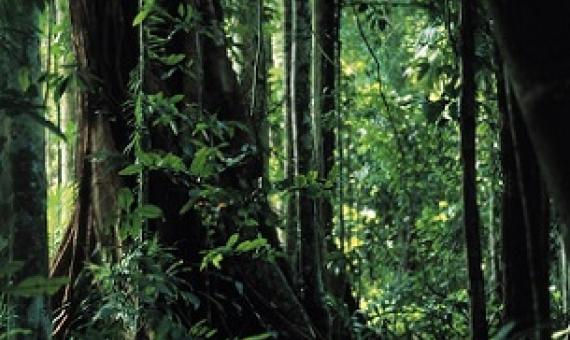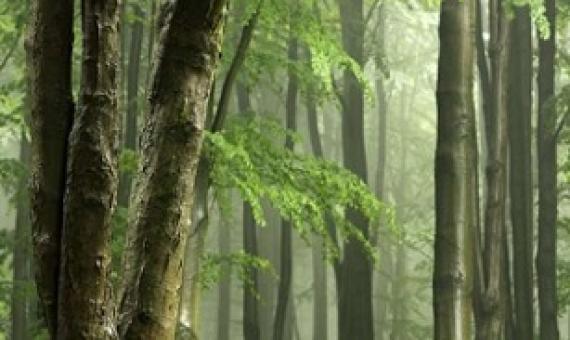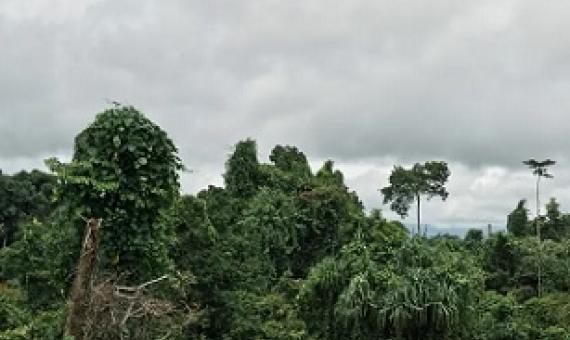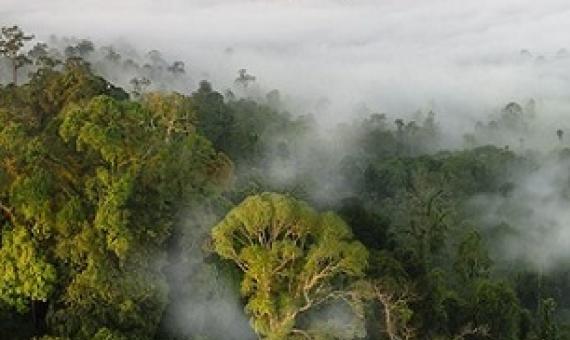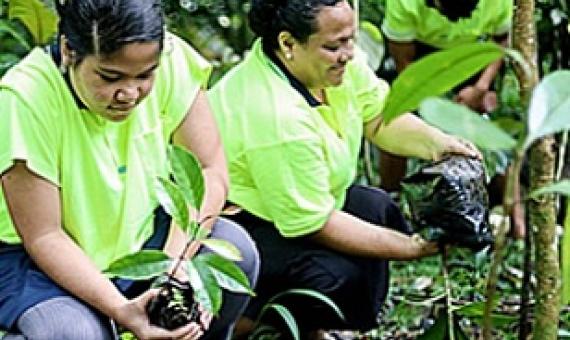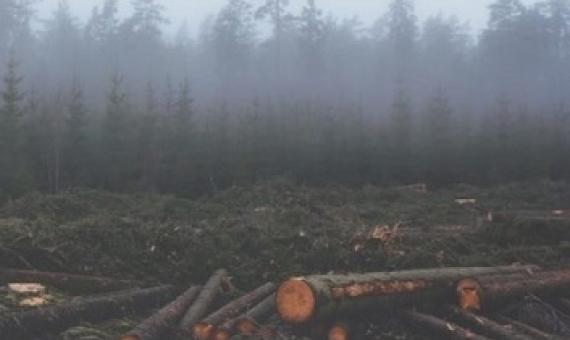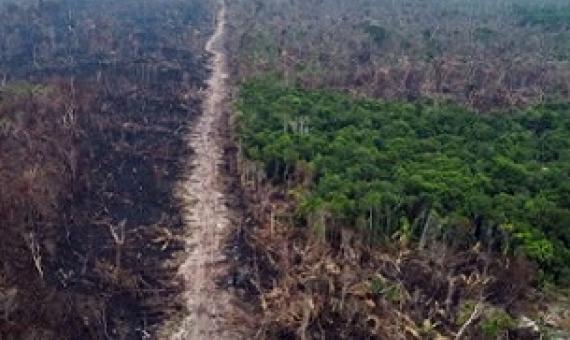State of Finance for Forests 2025: Unlock. Unleash. Realizing Forest Potential requires Tripling Investments in Forests by 2030
The first edition of the State of Finance for Forests (SFF) report provides an overview of global public and private financial flows to forests in 2023, comparing these finance flows to the investment needed to unlock forests' potential to address climate change, biodiversity loss and land degradation.Call Number: [EL]ISBN/ISSN: 9789280742336Physical Description: 66 p.

